Employee Dismissal Appeal Letter Template for Effective Appeals
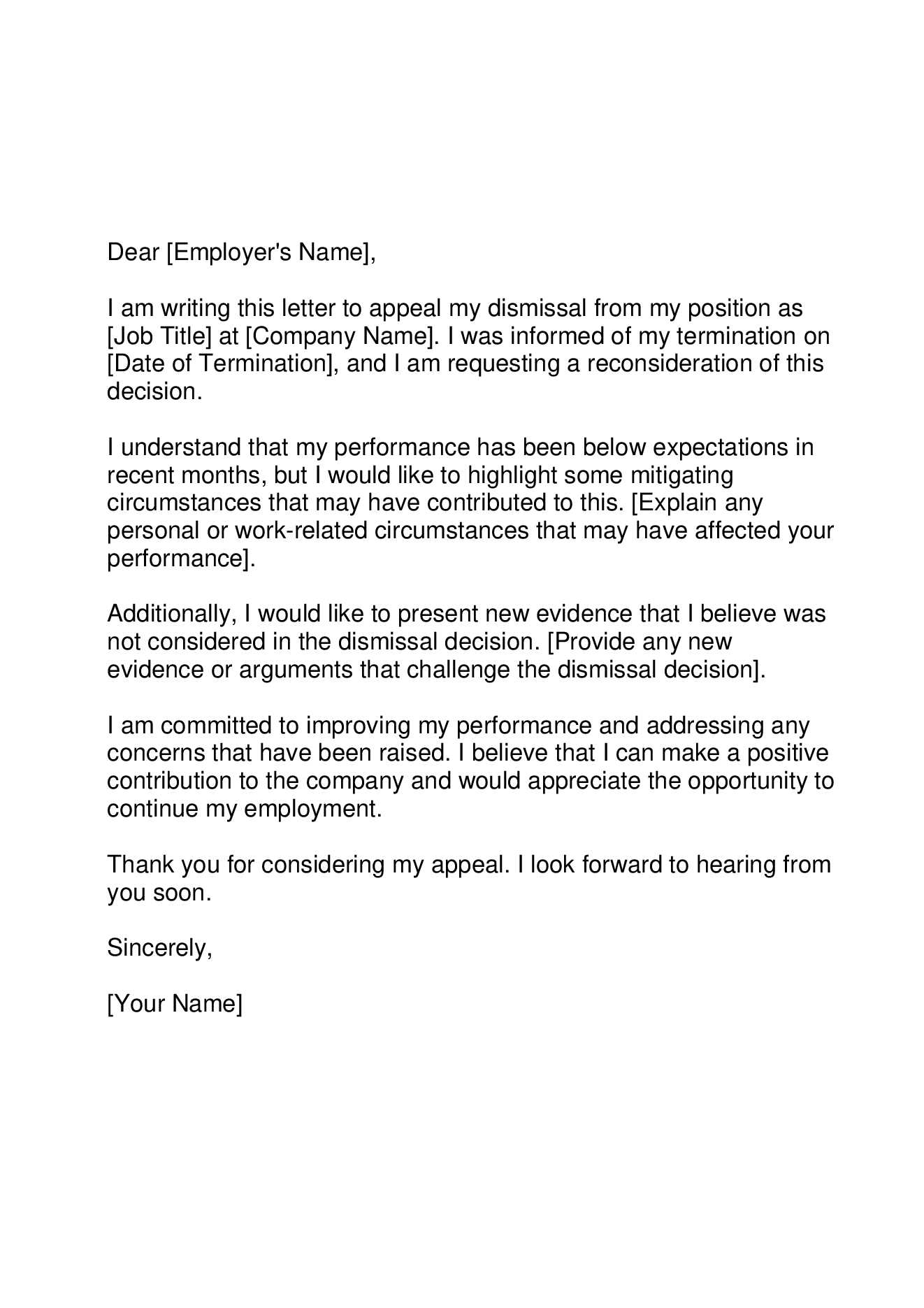
When an individual faces the decision to challenge the termination of their employment, it is crucial to express their concerns in a formal and professional manner. A well-structured request can help present the case effectively, increasing the chances of a favorable review. Below, we explore the essential elements and steps to craft a persuasive and respectful appeal for reinstatement or reconsideration of the decision.
Why You Might Need to Challenge a Job Termination
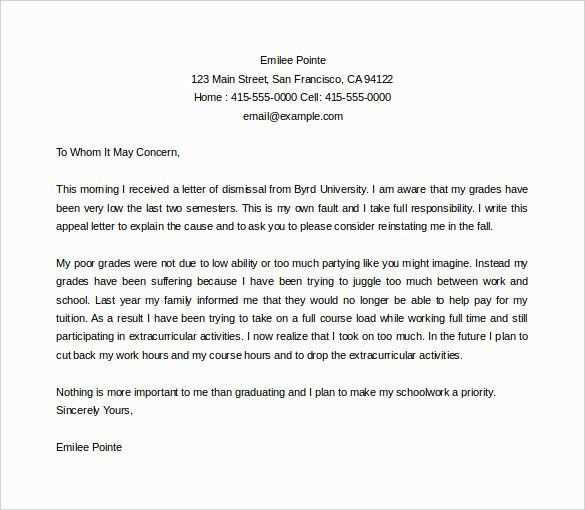
There are various reasons someone may choose to dispute the end of their employment. Whether it’s due to a perceived unfair decision, misunderstandings, or disputes over the grounds for termination, initiating a formal reconsideration can ensure that all factors are reviewed thoroughly. Understanding the right to question such decisions is an essential step in protecting one’s career and ensuring fairness in the workplace.
Common Grounds for Disputing a Termination
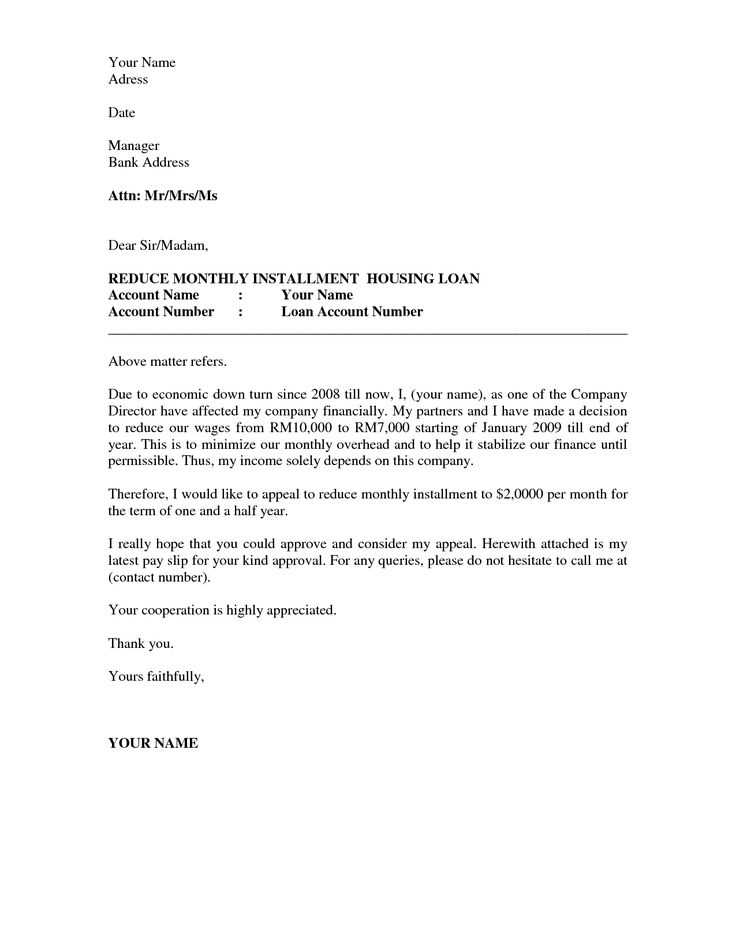
- Violation of Company Policies: If the dismissal was due to an alleged breach of workplace rules that may not have been properly enforced.
- Discriminatory Practices: If the reason for termination involves unfair treatment based on gender, race, religion, or any other protected category.
- Lack of Due Process: If the proper procedures weren’t followed before making the termination decision.
Essential Elements of a Strong Reconsideration Request
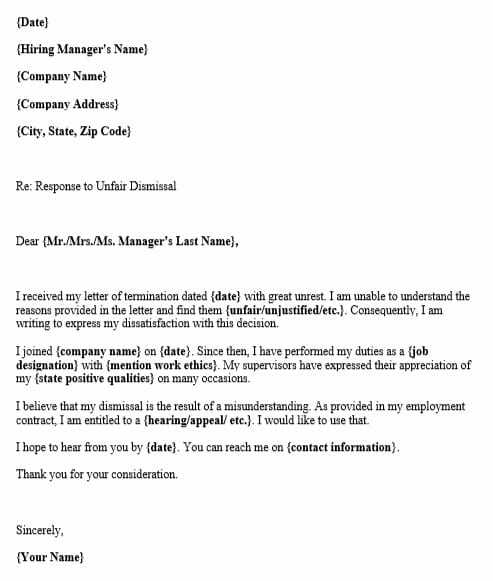
When drafting a formal request, the key is to focus on clarity and professionalism. The document should be concise, yet provide enough detail to make the case convincing. Below are the main components to include:
- Introduction: Start by briefly stating the purpose of your letter and the reason for requesting reconsideration.
- Explanation: Clearly outline the circumstances surrounding your situation. Be honest and direct, providing any relevant background or evidence that supports your claim.
- Request: Politely state your desired outcome, whether it’s a reinstatement, further review, or alternative resolution.
- Conclusion: End by thanking the recipient for considering your request and providing your contact information for follow-up.
Key Tips for Writing a Professional Request
- Stay Calm and Respectful: Even if you feel the termination was unfair, it is important to maintain a polite and professional tone.
- Use Clear and Concise Language: Avoid unnecessary jargon and focus on the facts that support your case.
- Proofread: Ensure there are no errors in your writing, as mistakes can undermine the seriousness of your request.
Common Mistakes to Avoid
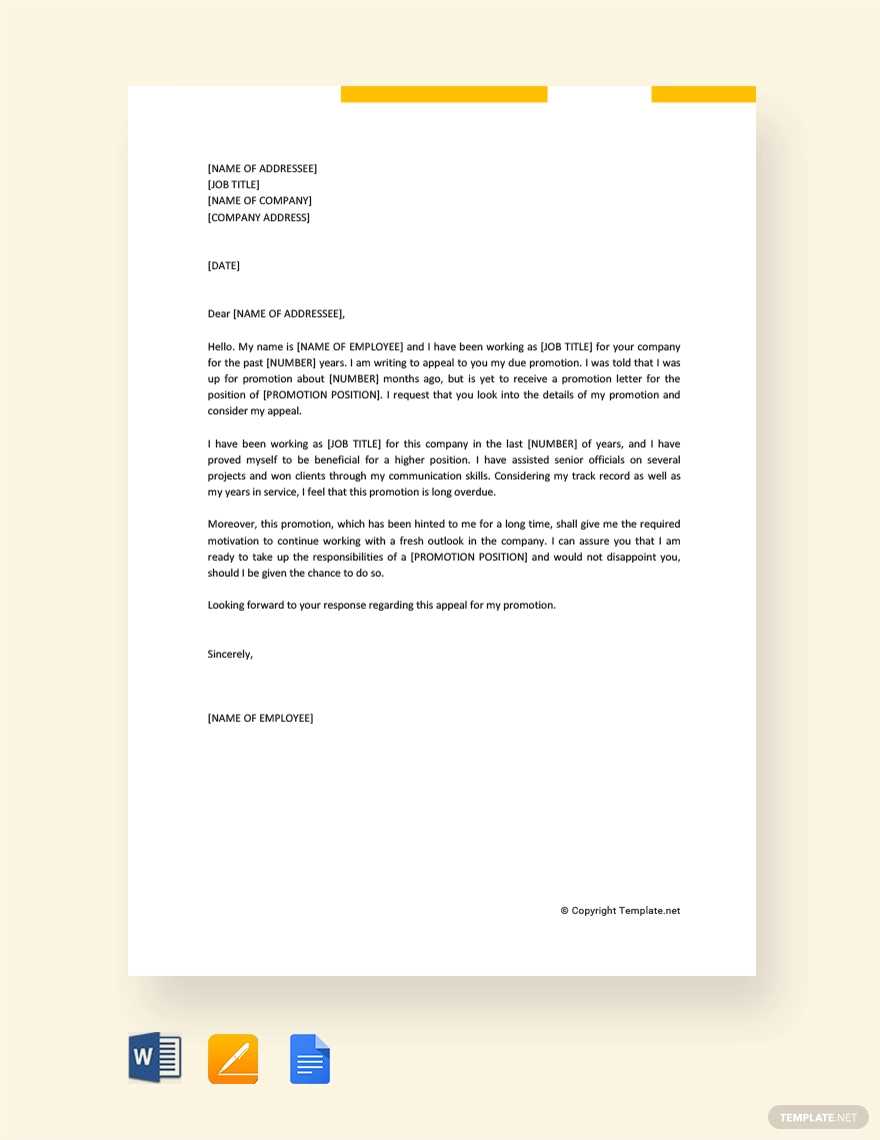
- Being Too Emotional: While it’s understandable to feel upset, a rational and level-headed approach is more likely to be taken seriously.
- Over-explaining: Stick to the facts and avoid lengthy, irrelevant explanations that can detract from your main points.
- Not Following Up: If you don’t receive a response within the expected time frame, make sure to follow up politely to ensure your request has been considered.
By carefully preparing your request and following these guidelines, you can present your case in the most effective way possible. Ensuring that your communication is clear, professional, and well-structured can make a significant difference in the outcome of your situation.
Understanding the Job Termination Process and Reconsideration Steps
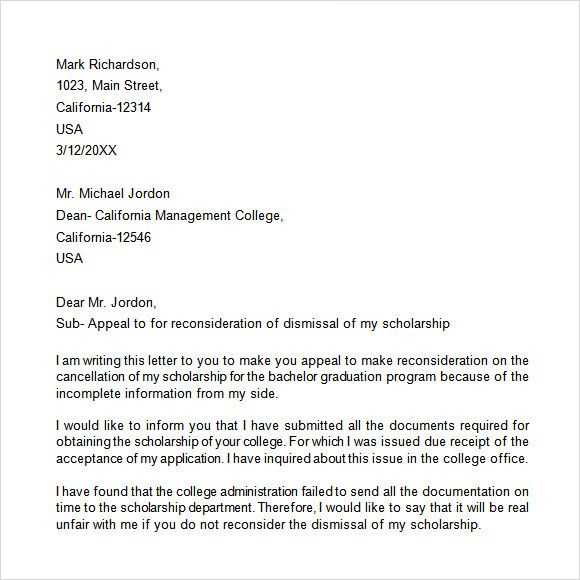
When an individual’s employment is brought to an end, it’s essential to understand the entire process, including the right to challenge such decisions. Knowing when and how to contest a termination can greatly influence the outcome. The following sections will guide you through the reasons for requesting a review, the critical elements of an effective submission, and common errors to avoid in order to ensure the best possible resolution.
Why You Might Need to Challenge a Job Termination
There are numerous situations where questioning the conclusion of a work contract is necessary. Whether due to perceived unfair treatment, procedural issues, or failure to follow proper guidelines, raising a concern about the decision can lead to a more just outcome. Understanding your right to challenge such decisions can provide the clarity needed for a successful outcome.
Key Components of an Effective Submission
An impactful submission includes several key elements. First, it should clearly state the reasons for requesting a review, highlighting any mistakes or inconsistencies that could have led to the incorrect decision. It’s also important to provide relevant supporting information, whether it’s documents, witness statements, or previous performance records. The request should maintain a professional tone and focus on the facts.
How to Organize Your Request Effectively
Structure plays a vital role in presenting a clear argument. Start with a brief introduction stating the purpose of the request. Then, proceed to detail the reasons behind your challenge in an organized manner, providing specific examples or evidence where applicable. Finally, make a concise statement about the desired outcome and conclude by expressing gratitude for the review of your situation.
Frequent Mistakes to Avoid in Challenges
It’s easy to fall into certain traps when drafting a reconsideration request. One common mistake is allowing emotions to cloud the writing, which can lead to a tone that is perceived as unprofessional or defensive. Another pitfall is failing to be concise or relevant; too much detail or extraneous information can weaken your case. Lastly, avoid making threats or ultimatums, as this will likely not be well-received by those reviewing your request.
Next Steps After Submitting Your Request
Once the request has been submitted, it’s essential to remain patient but proactive. Typically, there is a review period, during which you may be asked to provide additional information. Keep track of deadlines and follow up if necessary. If your request is not accepted, understand your next course of action, which could include further negotiations or exploring other legal options.